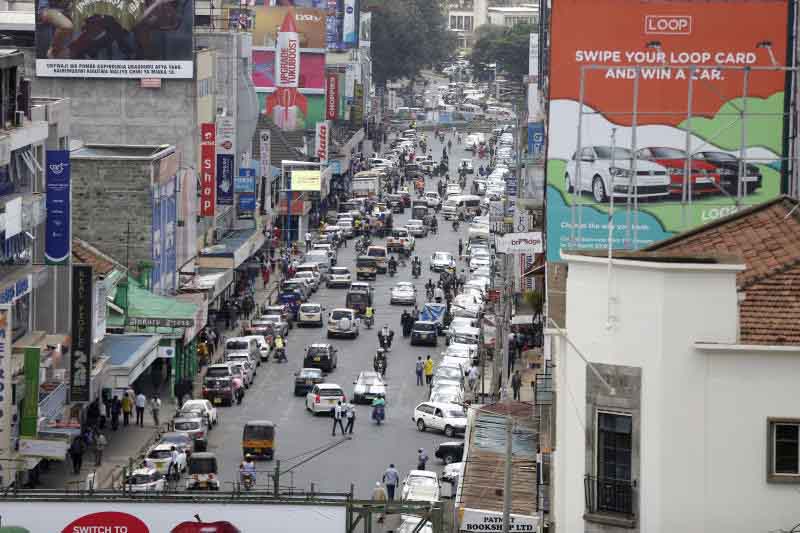×
The Standard e-Paper
Smart Minds Choose Us

Nakuru’s rise and imminent elevation to a city might have been the nudge that other towns need to launch their elevation bid to city status.
The elevation rubberstamped by the Senate on June 3, this year now awaits presidential assent. It could give Rift Valley the first city.